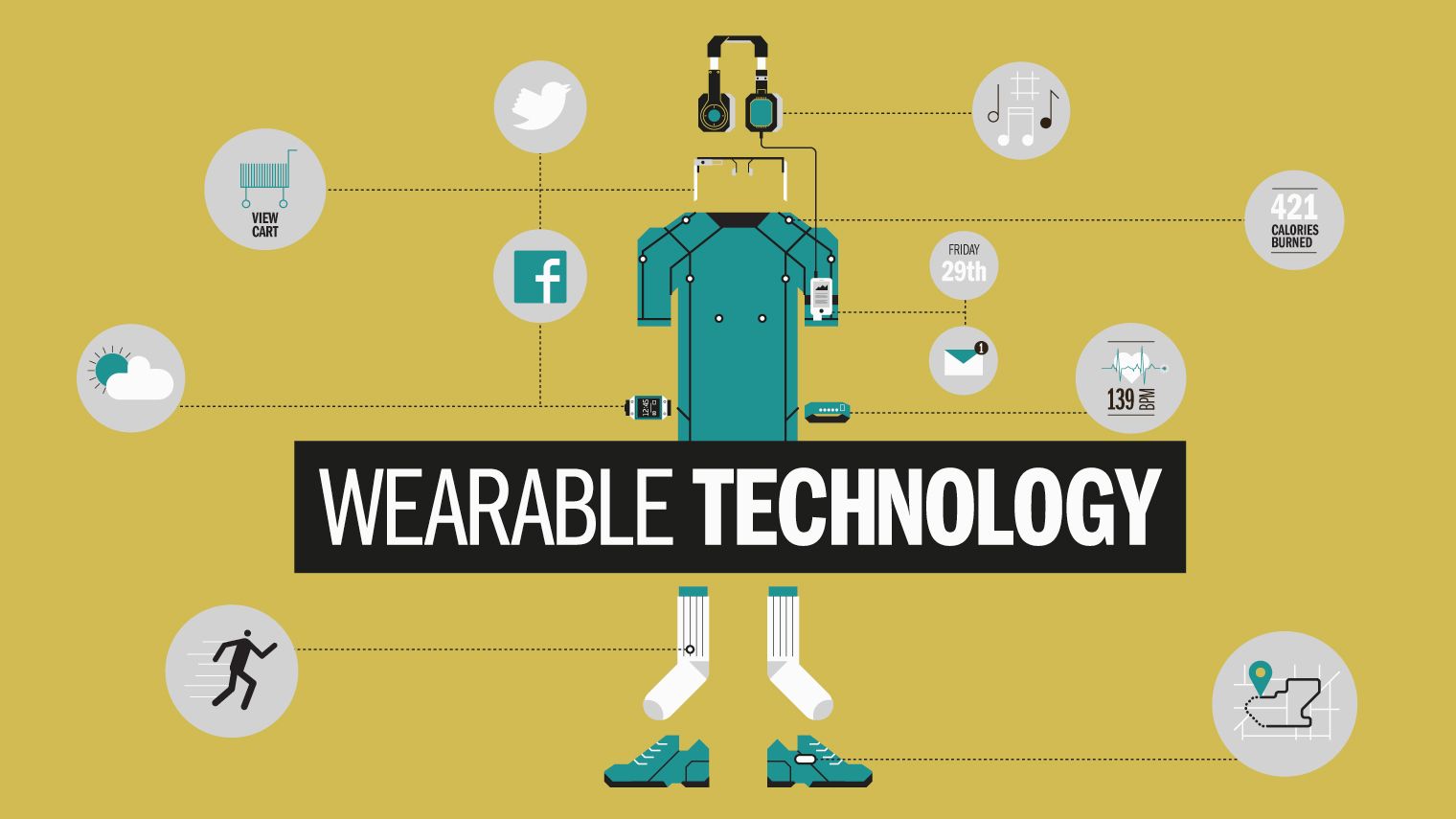What is Wearable Technology?
Loosely speaking (not too loose or it’ll fall off), wearable technology or “wearable tech” is nothing more than the electronic devices you adorn yourself with rather than carry around. It could be a new Apple Watch series 2, a heart rate monitor chest strap or just a simple wristband that keeps an eye on your blood pressure. Wearable tech today comes in so many forms from the extremely practical and useful to the downright loopy, crazy, atrocious, ridiculous, nutty or simply stupid.
That haphazard development is what makes this area confusing to many. Don’t get me wrong, I’m a strong promoter of wearable tech if it has a practical application and it can do the job. But for any other purpose, it’s as good as junk jewelry.
To sift through all that electronic ore, as it were, and find the most valuable products is a huge research task in itself. Unfortunately, I’m not here to tell you that I’ve done all that work for you so here’s a list of the best wearable tech blah, blah, blah. I’m here to hopefully guide you to the best devices that work for you, for the lifestyle you have and for your specific goals.
But first, let’s get the numbers out of the way so we can get to the really important subject – you.
How Big is the Wearable Technology Market?
There are conflicting estimates, so I’ll give you both extremes. Nasdaq GlobeNewswire has a press release from Transparency Market Research which shows that the wearable tech industry will serve a $5.8 billion market by the year 2018, which is actually eight times what it was in 2012. If you think that kind of growth is impressive, then consider this: earlier this year Forbes cited another source showing it will be $34 billion by 2020 and that it is even now a $14 billion industry.
Both can’t be right, but both do show that this isn’t a flash-in-the-pan trend that will fade away in a few years. Wearable technology products of today might be brunch-time conversation pieces, but it is still evolving as an industry. Companies are trying wrist-wear, neckwear, chest-wear, arm-wear and something for every other body part in the hope that something will catch on and become a standard. So far, they’re limited to mimicking what we already wear, such as watches, necklaces and so on.
Where is the Wearable Tech Market Headed?
Over time, however, I believe wearable tech will bring tremendous value to our lives. We’re only now scratching the surface of health and fitness applications of wearable tech. For example, companies like Google and Levi Strauss are exploring real wearable technology – the kind of tech that you actually wear as your clothing rather than as an accessory. Project Jacquard’s “smart jacket” is representative of that. The jacket has a “connected” sleeve section that will allow you to link to your smartphone and pick up a call, send a message and do some very basic but revolutionary things.
There’s no telling what direction wearable tech will take over the next several years, but we’re already seeing applications in health, sports, entertainment and a wide range of specialty areas. And that brings us to the most important part of this discussion – what do you really need, and are you missing out on something that you should have invested in earlier?
What Wearable Tech Do You Really Need?
As a starting point, you need to identify a purpose for the wearable tech you want to try. Are you the sedentary type who only wants a gadget to check your vitals from time to time to see if you’re still “acceptably alive” by global standards? Are you a fitness buff who needs to monitor their daily run, dietary intake and so on? Are you the tech-fashion-conscious type who just wants to be wearing the latest and most expensive wearable tech products available?
These might seem like trivial questions they way I’ve posed them, but are important questions nonetheless because, more often than not, they’ll lead you to the right product.
The next consideration is, of course, your budget. Do you want to break your bank on a $600 gadget when you can get similar functionality from a $200 one? There’s a tremendous amount of overlap between what various smart wearable devices can do, so that’s an important factor to think about when you’re shopping around.
Here’s a simple four-step system that might help:
List out your objectives – basically, answer the question “what do I want my wearable gadget to do?”
Research the products that have the functions you’re looking for. Get prices, read reviews and go to a store and try them on. You’ll need to spend some time online for doing the research, but consider it time well spent.
Make your final list of options and look at the best and worst of each item on that list.
Make a decision, buy it, and for God’s sake, use it!
The whole point of a smart wearable device is in the usage, so if you don’t think you’ll use it on a regular basis, don’t even bother buying it.
As a consumer, you have options. And in the world of wearable tech, you have a truck load of options. The idea is to be able to sift through those options in a logical manner and arrive at the best products that suit your specific needs.
Thanks for reading our work! If you’re reading this on Apple News, please favorite the 1RedDrop channel to add us to your news feed, or Like our page on Facebook. Please bookmark our site for more insightful articles on current and future technologies that are changing our lives.



